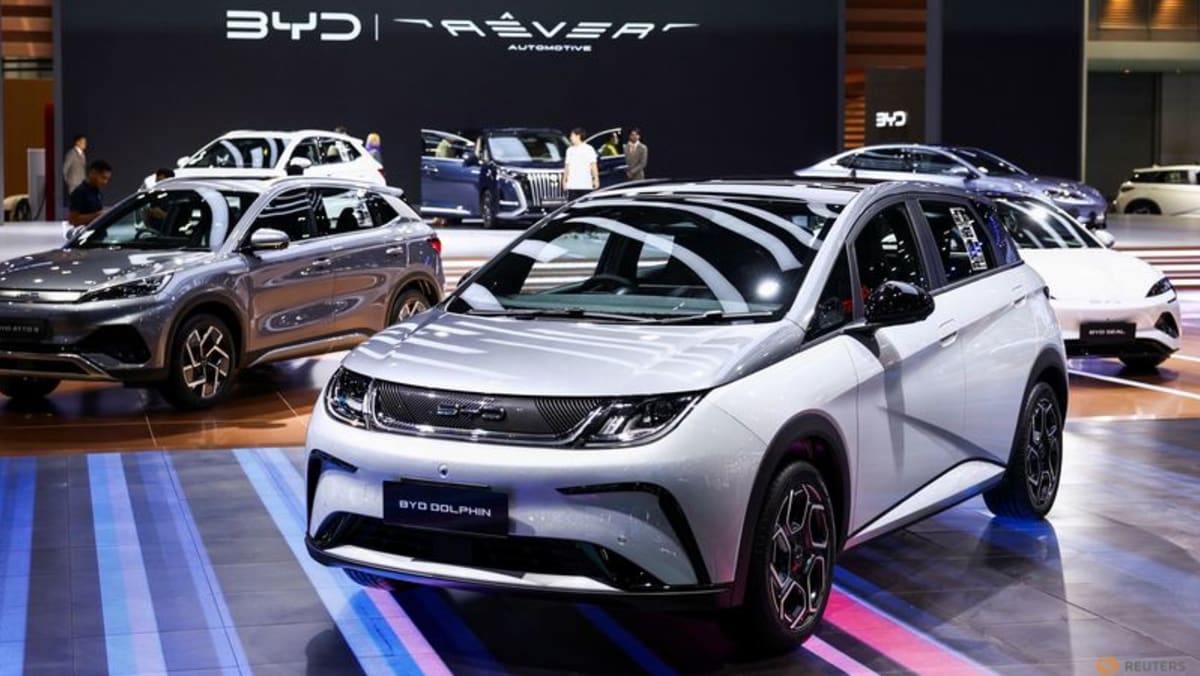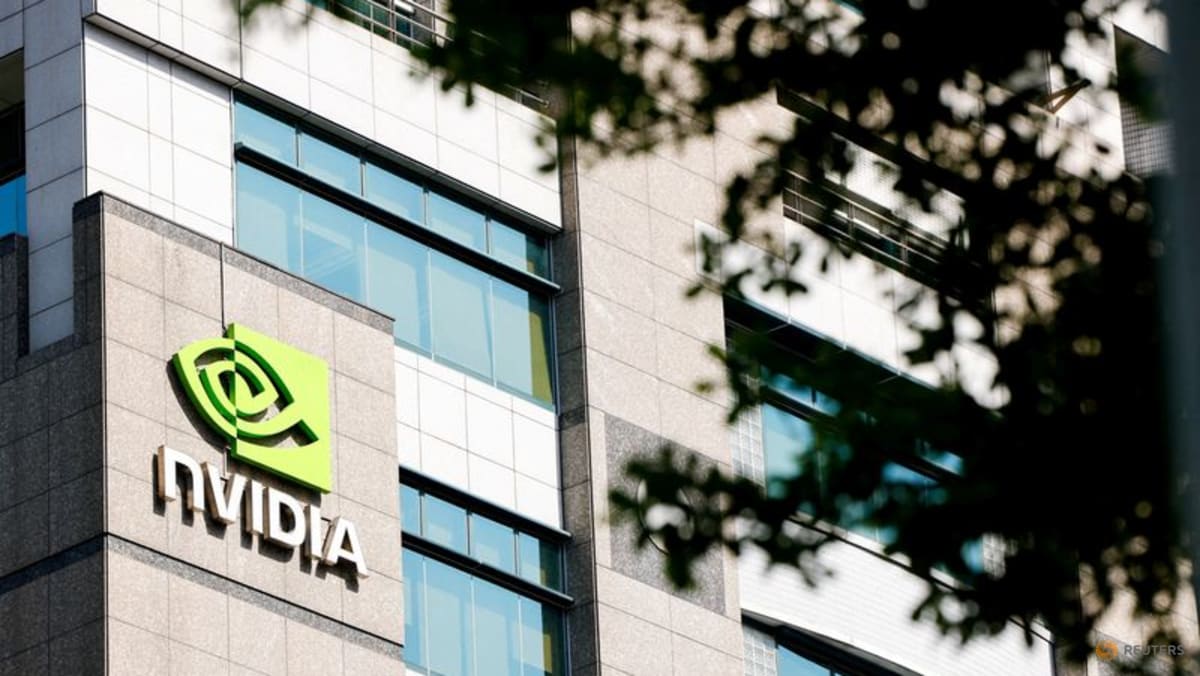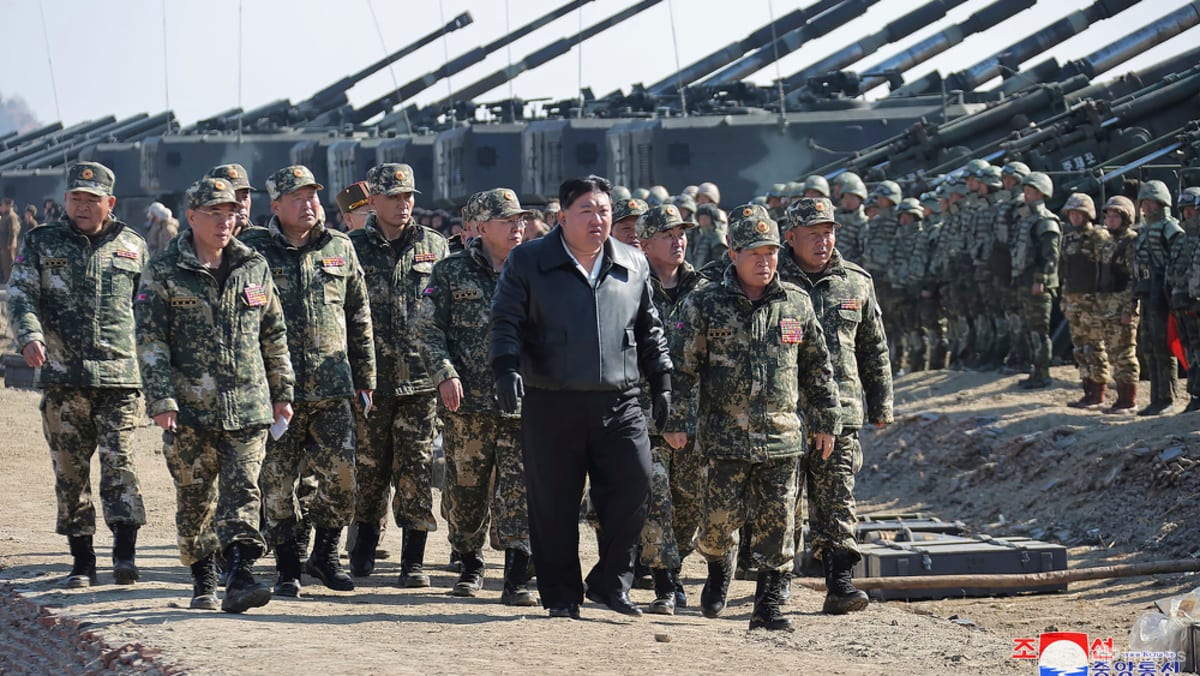CNA Explains: China’s EVs and the quest for global dominance

What’s behind the rise of China’s EVs?
The boom is largely driven by the Chinese government’s substantial supportive policies, wrote Li in her commentary.
According to S&P Global, China’s government began subsidising what they refer to as new-energy vehicles (NEVs) in 2009. It then set out its first industry development plan in 2012, which included targets such as production, ownership and vehicle mileage.
Among more than 5,000 mainland Chinese listed companies, five of the top 10 recipients of government grants during the first half of 2023 were local EV or battery manufacturers, a Nikkei report noted.
Almost all EVs sold in China are also exempt from a vehicle purchase tax, said Bloomberg.
The affordability of China’s EVs plays a massive part.
Their average retail price has fallen over the years to cost just over US$34,000 as of 2022. This is 33 per cent less than the average price of a gasoline car.
“China’s focus has been to ensure that EVs were accessible for the masses, and it has done so to great success, developing its low-entry segments, and allowing demand to shift as smoothly as possible from (internal combustion engines) to EVs,” said David Krajicek, CEO of research firm JATO Dynamics.
One reason for its cheaper EVs is China’s dominance of the battery supply chain.
In 2022, Chinese manufacturers held a 60 per cent share of the global EV battery market. China also controls the production of battery materials like nickel, cobalt and lithium.
All of which gives its carmakers an edge in terms of EV production costs, said Moody’s analysts in a July 2023 report.
Source: CNA















